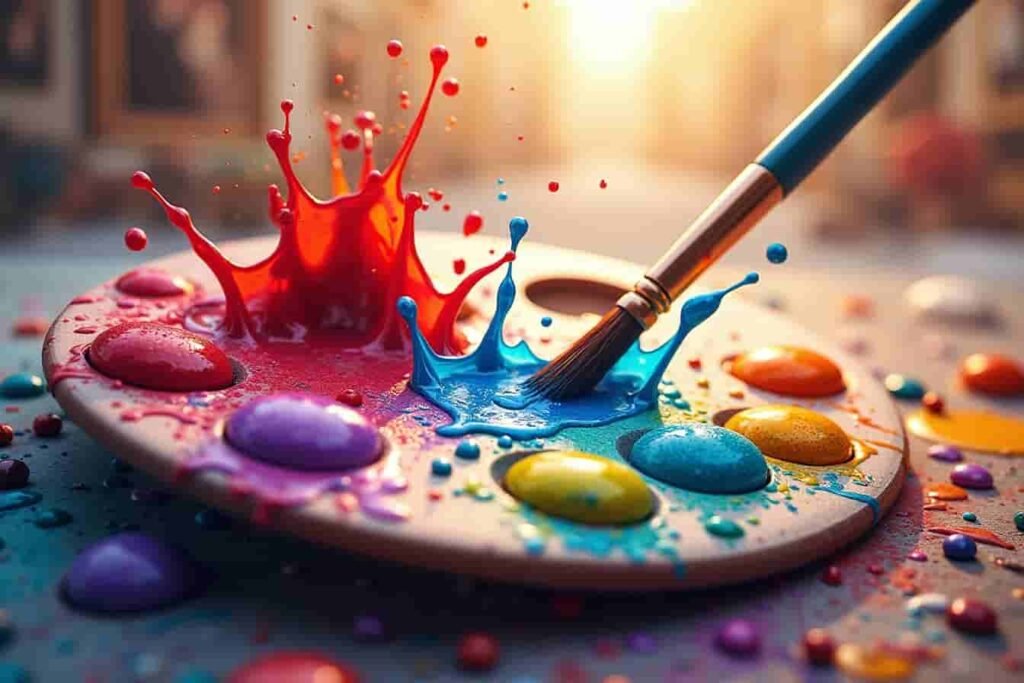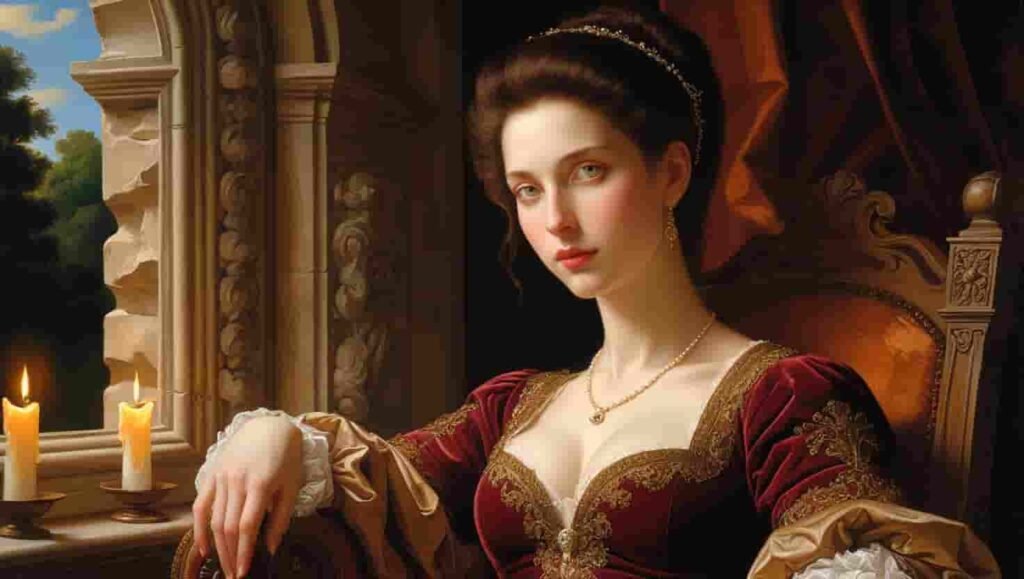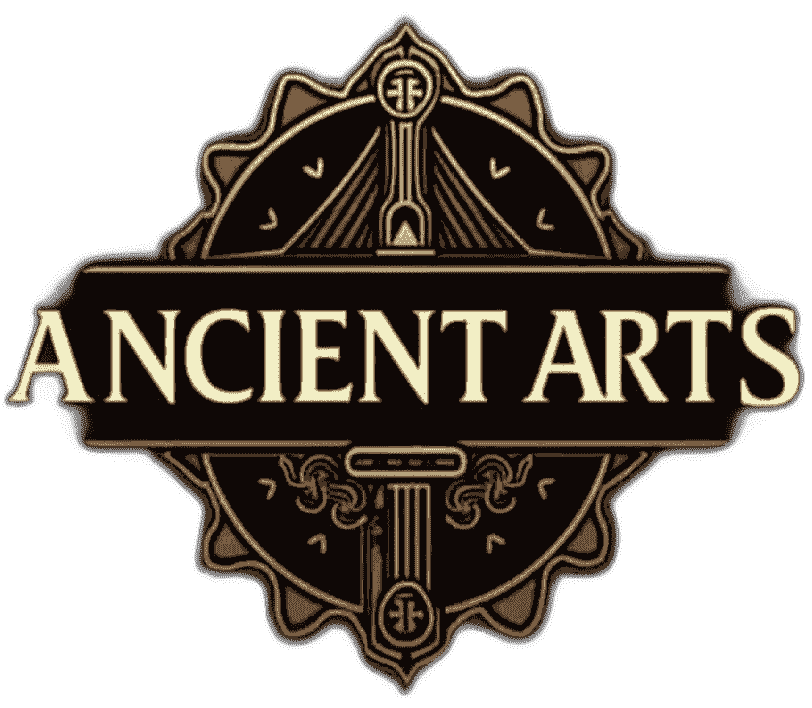Introduction
India’s artistic heritage stands as one of humanity’s most profound cultural achievements weaving together thousands of years of spiritual wisdom technical innovation and creative expression. From the intricate dance movements of Bharatanatyam to the delicate brushstrokes of Madhubani painting Indian arts represent a living tradition that continues to evolve while maintaining deep connections to its ancient roots. This comprehensive exploration delves into the multifaceted world of Indian artistic expression revealing how these art forms have shaped – and continue to shape – the cultural landscape of the subcontinent and beyond.
The Classical Dance Traditions of India
The Eight Classical Dance Forms
India’s classical dance forms recognized officially by the Sangeet Natak Akademi represent distinct regional traditions that have evolved over centuries. Each dance style carries its own unique characteristics costumes and musical accompaniments.
Bharatanatyam: The Fire of Tamil Nadu
Originating in the temples of Tamil Nadu Bharatanatyam exemplifies the perfect union of physical technique and spiritual expression. This ancient dance form is characterized by:
- Precise geometric patterns and lines in body positioning
- Complex footwork patterns (nritta)
- Elaborate hand gestures (mudras) that convey specific meanings
- Facial expressions (abhinaya) that communicate emotions
The dance form underwent a significant revival in the early 20th century transforming from a temple tradition to a respected stage art. Today it serves as perhaps the most internationally recognized Indian classical dance style.
Kathak: The Storytellers of North India
Kathak evolved in the courts of North India blending Hindu and Islamic influences. Its distinguishing features include:
- Rapid pirouettes (chakkars)
- Intricate footwork with ankle bells
- Fluid arm movements
- Dynamic storytelling through facial expressions
The dance form’s name derives from the word “katha” meaning story reflecting its origins in the tradition of traveling bards who would narrate epic tales through movement and expression.


Classical Music Traditions
Hindustani Classical Music
The northern Indian classical tradition features:
- Elaborate raga system
- Time-based performance schedules
- Major instruments including sitar tabla and sarod
- Emphasis on improvisation within structured frameworks
Carnatic Music
The southern tradition maintains:
- Complex rhythmic patterns
- Focus on vocal performance
- Devotional themes
- Strict adherence to classical compositions


Visual Arts and Crafts
Traditional Painting Styles
Mughal Miniatures
These detailed paintings represent:
- Court life and historical events
- Persian-influenced techniques
- Incredible attention to detail
- Use of precious materials including gold leaf
Madhubani Arts
This folk art tradition features:
- Geometric patterns
- Natural dyes and pigments
- Religious and mythological themes
- Double-line drawing technique
Sculpture and Architecture
Temple Architecture
India’s temples showcase:
- Regional architectural styles
- Integration of sculpture and architecture
- Mathematical precision in design
- Symbolic representation of cosmic principles
Contemporary Innovations
Modern Indian sculpture has evolved to include:
- Mixed media approaches
- Environmental themes
- Urban installation art
- Traditional technique fusion with modern concepts
Textile Arts
Traditional Weaving
India’s weaving traditions include:
- Banarasi brocades
- Kanchipuram silk
- Ikat patterns
- Jamdani technique
Embroidery and Surface Design
Notable techniques include:
- Zardozi metalwork embroidery
- Chikankari white work
- Phulkari from Punjab
- Mirror work from Gujarat


The Evolution of Indian Cinema
Classical Period (1913-1960)
The early years of Indian cinema saw:
- Silent films with mythological themes
- Introduction of sound in 1931
- Rise of regional film industries
- Development of distinctive musical styles
Modern Era
Contemporary Indian cinema encompasses:
- International co-productions
- Technical innovations
- Cross-cultural narratives
- Independent film movement
Contemporary Arts Scene
Modern Interpretations
Today’s Indian artists are:
- Blending traditional and contemporary techniques
- Addressing global issues
- Creating digital art forms
- Participating in international art markets
Urban Arts Movement
Recent developments include:
- Street art initiatives
- Public installation projects
- Community art programs
- Digital media integration


Preservation and Future Directions
Conservation Efforts
Current initiatives focus on:
- Digital documentation
- Traditional knowledge transfer
- Restoration projects
- Educational programs
Innovation and Adaptation
Modern approaches include:
- Virtual reality presentations
- Online teaching platforms
- Cross-cultural collaborations
- Sustainable art practices
FAQ About Indian Arts
Q How has Indian art influenced global culture?
Indian art has significantly influenced global culture through its unique aesthetic principles spiritual symbolism and technical innovations. This influence can be seen in fashion design architecture and contemporary art worldwide.
Q What materials are traditionally used in Indian painting?
Traditional Indian paintings use natural materials including mineral-based pigments organic dyes handmade papers and cloth. Some styles also incorporate gold and silver leaf precious stones and organic binders.
Q How is traditional Indian art being preserved?
Preservation efforts include digital documentation apprenticeship programs government support for traditional artists and integration of classical arts into formal education systems.
Q What role does spirituality play in Indian arts?
Spirituality is fundamental to Indian arts with many forms developed as means of worship or spiritual expression. Religious themes symbolic gestures and sacred geometries are integral to most traditional art forms.
Q How has modernization affected traditional Indian arts?
Modernization has led to both challenges and opportunities including new platforms for presentation technological integration and global audience reach while sometimes threatening traditional practice methods.
Q What distinguishes classical from folk arts in India?
Classical arts typically follow codified rules and traditions often with written texts guiding practice while folk arts are more fluid passed down through oral tradition and allowing for regional variations.
Q How can beginners start learning Indian classical arts?
Beginners can start through formal institutions private tutors online courses or community centers. Many art forms require long-term commitment and regular practice under qualified guidance.
Q What role do festivals play in Indian arts?
Festivals serve as important platforms for artistic expression preservation and transmission of cultural heritage often featuring performances exhibitions and workshops.
Q How is technology changing Indian arts?
Technology is transforming how Indian arts are taught performed and preserved with digital platforms enabling wider access while presenting new challenges for traditional practice methods.
Conclusion
The rich tapestry of Indian arts represents one of humanity’s most enduring and diverse cultural achievements. From ancient temple dancers to contemporary digital artists the tradition continues to evolve while maintaining its essential character. As we look to the future the challenge lies in preserving these invaluable cultural traditions while embracing new forms of expression and reaching new audiences.
The vitality of Indian arts lies in their ability to adapt while maintaining core cultural values. As global interest in these art forms grows opportunities for cultural exchange and artistic innovation expand. Whether through classical performance visual arts or new media Indian arts continue to inspire and enlighten audiences worldwide.




